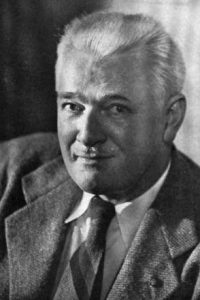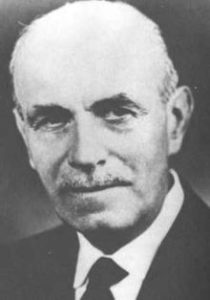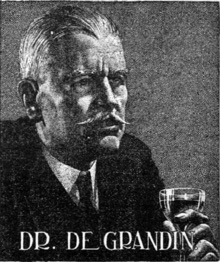In December 2012 I bought my first book by an indie author. The book was The Emperor’s Edge by Lindsay Buroker. I was favorably impressed. So much so, I went on and bought the series.
From there, I discovered other indie authors who were very good writers. And somewhere in the reading of those authors, my choice of authors shifted from traditionally published to a majority being indie published.
The independent author/publisher movement confirmed all the stories I’d heard for decades — that the big corporate publishers rejected thousands of good manuscripts every year.
Why do they do that? Because big corporations are by nature conservative. Sure they had to take risks to get to be big. That’s when they’re innovative — when they’re small. But once a corporation is huge, they become much more concerned about the bottom line. And innovation takes a back seat to profits.
Random House/Penguin and their behemoth German owners, aren’t going to take the risks that small press publishers might (although even those can be quite conservative). There is always risk with business. More fail than succeed. So the successful eventually begin to conserve their gains. That’s just how it is.
The sole entrepreneur, however, has only himself to be concerned about.
If I self-publish a book and it doesn’t make money, that only affects me.
If Macmillan (now a German company) publishes a flop, they are out the advance to the author, the salaries of the acquisition editors, the copy editors, the advertising people, the office rent, the cover artist salaries, the warehouse space, etc, etc. And the shareholders don’t get their dividends — which puts the CEO’s job at risk. And that’s something that just isn’t tolerated.
If I publish a book that goes nowhere, I can leave it on Amazon, and Kobo, and Apple, and wherever else I choose, essentially forever. And let the royalties dribble in. Simon and Schuster (owned by ViacomCBS) can’t afford to do that.
Thus you see the big corporate boys declaring for many years now that vampires are dead. But on the indie scene, dozens upon dozens of those bloodsuckers can be found. And some are making their creators a lot of money.
The big boys don’t want to continue a fad because they don’t want to be left holding the bag when the fad fizzles out. Or can no longer make enough money to meet their bloated bottom lines when the fad tapers off.
What is significant is that James Patterson has now discovered money can be made at the indie price point and has convinced his publisher to take on his BookShots line. The blurb on Patterson’s website reads in part:
Life moves fast—books should too. Pulse-pounding reads under $5 and 150 pages or less. Impossible to put down.
This comes at a time when many indies are moving to longer books and higher prices — in an attempt to look like the big corporate publishers, and thereby make themselves look more legitimate. A bad move, in my opinion.
Patterson, though, realizes money can be made for him and his publisher at the indie price point. And with shorter books. This is truly a return to the ethos of the 1950s. And I think forecasts good things for indies who can, for the most part, turn out shorter works faster.
Back in the pulp magazine era, many of the magazines cost a dime. Today, depending on what standard you use, that dime would be equal to anywhere between $1.50 and $6. In the 1950s, paperback books could be bought for a quarter. Or $2.50 to $4 in today’s money. Essentially the price range of most indie books today.
I’ve said for quite awhile now, that the indie movement is essentially a return to the Pulp Fiction Era. To be successful, a writer has to turn out a good story in a popular genre that is exciting and generally fast-paced. The writer must also write lots and publish often. To be sure, as an indie, there are more factors involved than what faced the average pulp fictioneer, because today’s indie author is also a publisher. But the basic formula remains the same.
Today is a good day to be a writer. A self-published writer. An independent author/publisher. It’s also a good day to be a reader, because there are many excellent self-published books available to read.
Thars gold in them thar books! So get crackin’!
Comments are always welcome! And until next time, happy reading! (and writing!)
Share This!


